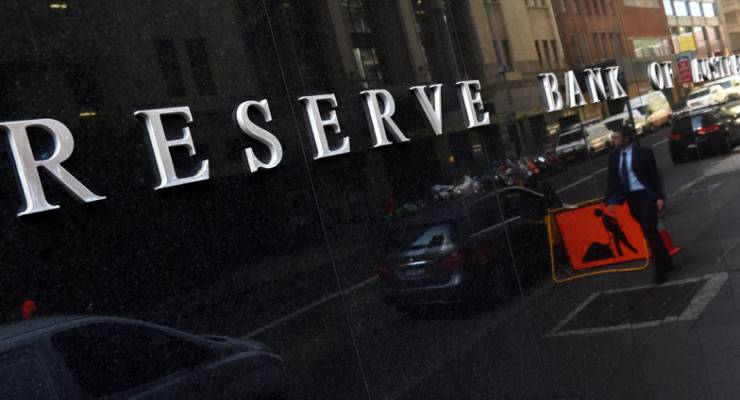
The strong growth in employment we saw in late 2015 is continuing to fade, according to the April jobs report from the Bureau of Statistics this morning.
The ABS is continuing to stress its trend figures over seasonally adjusted data. On that basis, employment increased by around 228,900 persons (an annual growth rate of 2.0%). This is down from the annual employment growth of 295,000 persons (2.6%) at the end of 2015, and 2.2% in March, so the slowdown in April was noticeable. According to the ABS, trend employment increased in April by 4,100 persons to 11,910,800 persons — a monthly growth rate of 0.03%, below the monthly average over the past 20 years of 0.15%, and down from the recent peak of 0.26% in October last year. Part-time employment continues to grow strongly — for 11 months now, part-time employment has increased by more than 10,000 persons; trend full-time employment decreased by 6,400 persons, the third month in a row it has decreased.
In the more volatile seasonally adjusted figures, the number of people employed rose 10,800 in April 2016 (with the same pattern of falling full-time employment and rising part-time employment), while the seasonally adjusted unemployment rate for April 2016 remained unchanged at 5.7% (in trend terms, it fell from 5.8% to 5.7%) and the seasonally adjusted labour force participation rate fell just slightly to 64.8%.
Coming a day after the wage price index data for the March quarter showed another fall to a new record low, it’s clear the impetus to employment from slower wages growth is fading. In the March quarter, there was actually a rise in real wages for the second quarter in a row, but it was because of falling prices, rather than rising wages: wages rose just 0.4% quarter on quarter, or 2.1% year on year, less than expected. Private sector wages growth was just 1.9% year on year in the quarter, while public sector wages grew at a much faster rate of 2.5%. With low inflation, including the headline rate fall in the March quarter, that means workers have technically had a real rise, but they’re unlikely to have noticed it. As the AMP’s chief economist Dr Shane Oliver said, while wages are rising faster than inflation is an improvement on a year ago, “real wages growth is still weak at just over 0.5% year on year and so will only provide modest support for consumer spending”.
All up the news from the two reports keeps live the possibility of another rate cut from the Reserve Bank.







Crikey is committed to hosting lively discussions. Help us keep the conversation useful, interesting and welcoming. We aim to publish comments quickly in the interest of promoting robust conversation, but we’re a small team and we deploy filters to protect against legal risk. Occasionally your comment may be held up while we review, but we’re working as fast as we can to keep the conversation rolling.
The Crikey comment section is members-only content. Please subscribe to leave a comment.
The Crikey comment section is members-only content. Please login to leave a comment.